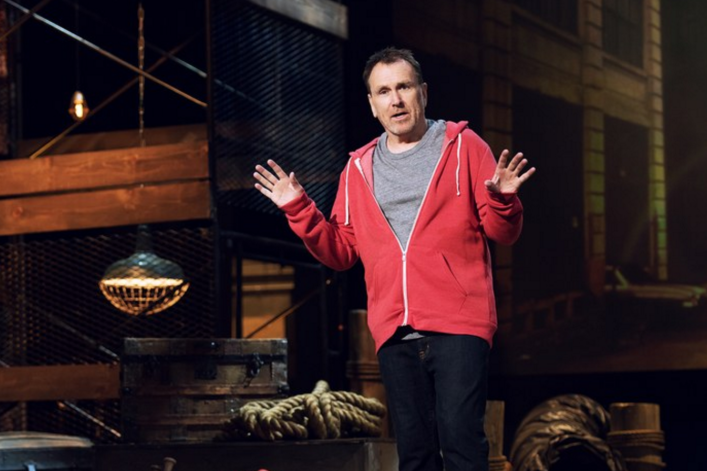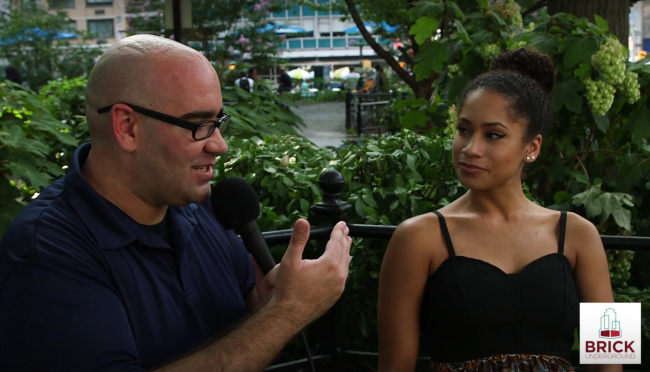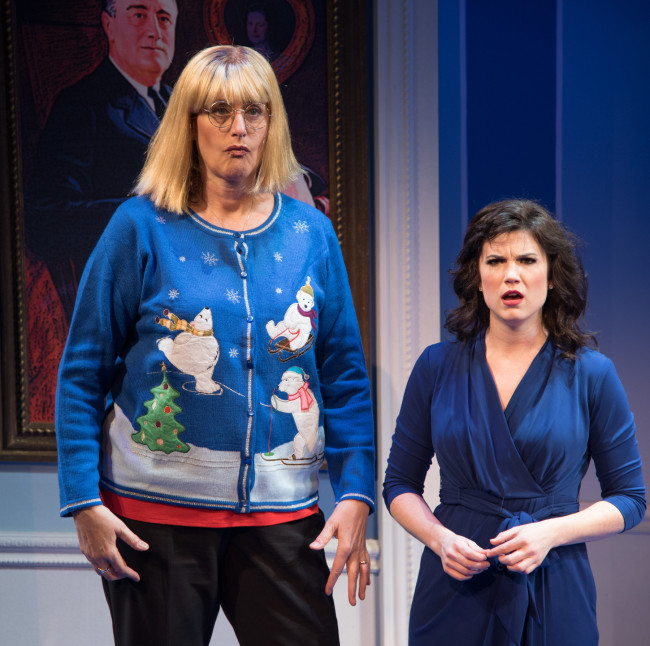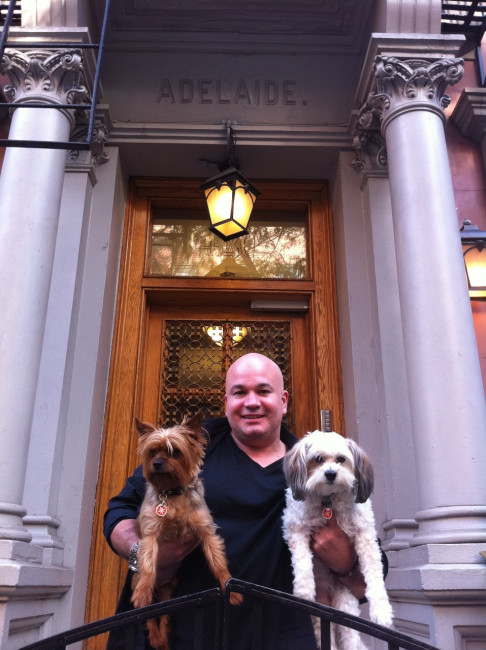"Colin Quinn: The New York Story" gets a lot of things right about city living

Comedian Colin Quinn, who was born and raised in Park Slope, has a new stand-up special on Netflix called The New York Story, and it's a must-watch for both newbie New Yorkers and veteran city-dwellers like Quinn himself. (It also happens to have been directed by Jerry Seinfeld, whose own eponymous sitcom may be the most accurate depiction of New York City living ever seen on the small screen.)
Quinn gives his comical spin on the history of the city, from the Lenapes to today. No one is safe from his jokes: Dutch, German, Irish, Jewish, Italian, Puerto Rican, Greek, Dominican, Haitian, Jamaican, Chinese, and Korean immigrants all get skewered. And while he doesn’t focus much on real estate, there is one funny—and, yes, vaguely offensive—bit about Jews buying buildings when no one else would (we cringed, but somehow also laughed).
Quinn accurately paints New Yorkers as straight-talking, opinionated, rude, impulsive, fast-talking and somewhat cynical. (“Exuberance is the West Coast,” he says. “You can’t be nice and last in this city.”)
Here are some of our favorite parts that really nail what it’s like to live in this unabashedly chaotic spot.
Cars vs. pedestrians
A town of grumpy people
We still think we’re better than everyone else
"New Yorkers think they’re better, smarter than everyone else. This is the only city that has blue collar snobs. You could take someone, two years of high school, put them in a room with MIT professors. After an hour, you'll be like 'what'd you think of them?' they'll be like 'they're not New York....They're educated, I give them that. They're smart, but they don't get it'."
"Everyone else, they go on vacation, and say 'Can you imagine if we lived here?' We go on vacation we tell people, 'Can you imagine if you lived in New York?'"
Subway woes
And there's always the battle of the express vs. the local, says Quinn. “I think I’m better than people if I’m on the express. People walk across the platform trying to catch it, they look like suckers. Idiots. Pleading eyes, weak.”
New York then and now
"If you told someone 'I saw your mother on 42nd Street', they would physically try to kill you, that was the biggest insult you could say. People would fight all the time over that. Now, they’d be ''yeah, she works at the New York Times, they’ve got the graduate center, she’s doing something for Playwrights Horizons over there'."
My, how Brooklyn’s changed
"When I was a kid you wouldn’t go near the L train…. Go on the L train now at 2 in the morning it looks like a ski lift."
You Might Also Like






























